Grow with me
Let’s create your home garden.
I’ve always been inspired by stories of the Victory Gardens.
In World War 2, 60 percent of what was grown to feed troops abroad and families at home, was grown in Victory Gardens. They popped up everywhere, from school yards to public parks to the front lawn of the White House.
I’m also inspired by eating healthy, wholesome food. When I started to cook, I learned that the quality of our soil directly impacts the nutritional density of the foods we eat. I want to be healthy and vibrant for years to come, and I want to feed my loved ones the best possible food. The purity of what we eat gives us the foundation we need to look and feel our best.
So I decided one day to start growing as many ingredients for my recipes as I could. And the results have been amazing. The abundant bounty that I pull from my backyard garden – fruits and vegetables and herbs of all shapes, sizes and colors – simply amazes me.
I want to encourage all of you to, as much as possible, grow what you eat. Whether your garden is in a single pot on your balcony, or a raised bed that takes up half of your backyard. It doesn’t matter – just GROW!
Now listen, I’m just a beginner. I began growing in the beginning of 2020, but like everything I love, I threw myself into it – body, mind and spirit.
Here are just a few things I’ve learned:
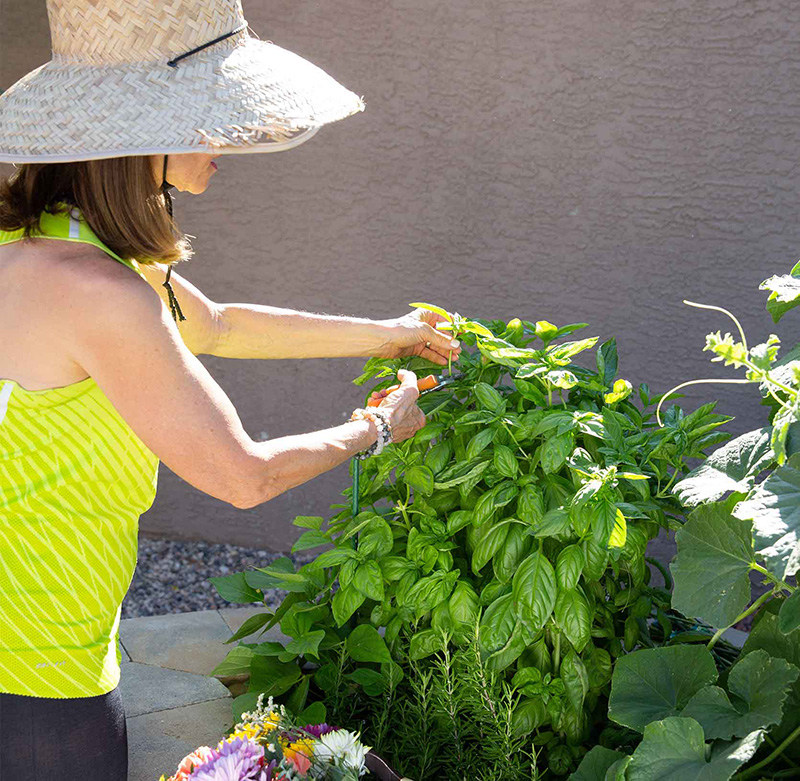
Tip 1: Know Your Zone!
There are 11 separate planting zones in the U.S. so what works for me in the Southwestern desert does not work for someone in the Midwest. It’s all about climate conditions. So my number one tip is to check the Hardiness Zone Map to learn growing recommendations for your area. Also, consult your local experts. Most communities, counties and states have free resources, like Master Gardeners Group or Cooperative Extension. Both groups will be who are happy to tell you all about what to plant when, and how to troubleshoot when you run into a problem.
Tip 2: Rotate!
Never plant the same crop in the same place year after year. Each type of plant extracts certain nutrients from the soil. You need to rotate your crops so that your soil does not get stripped of the precious nutrients your plants need to thrive.
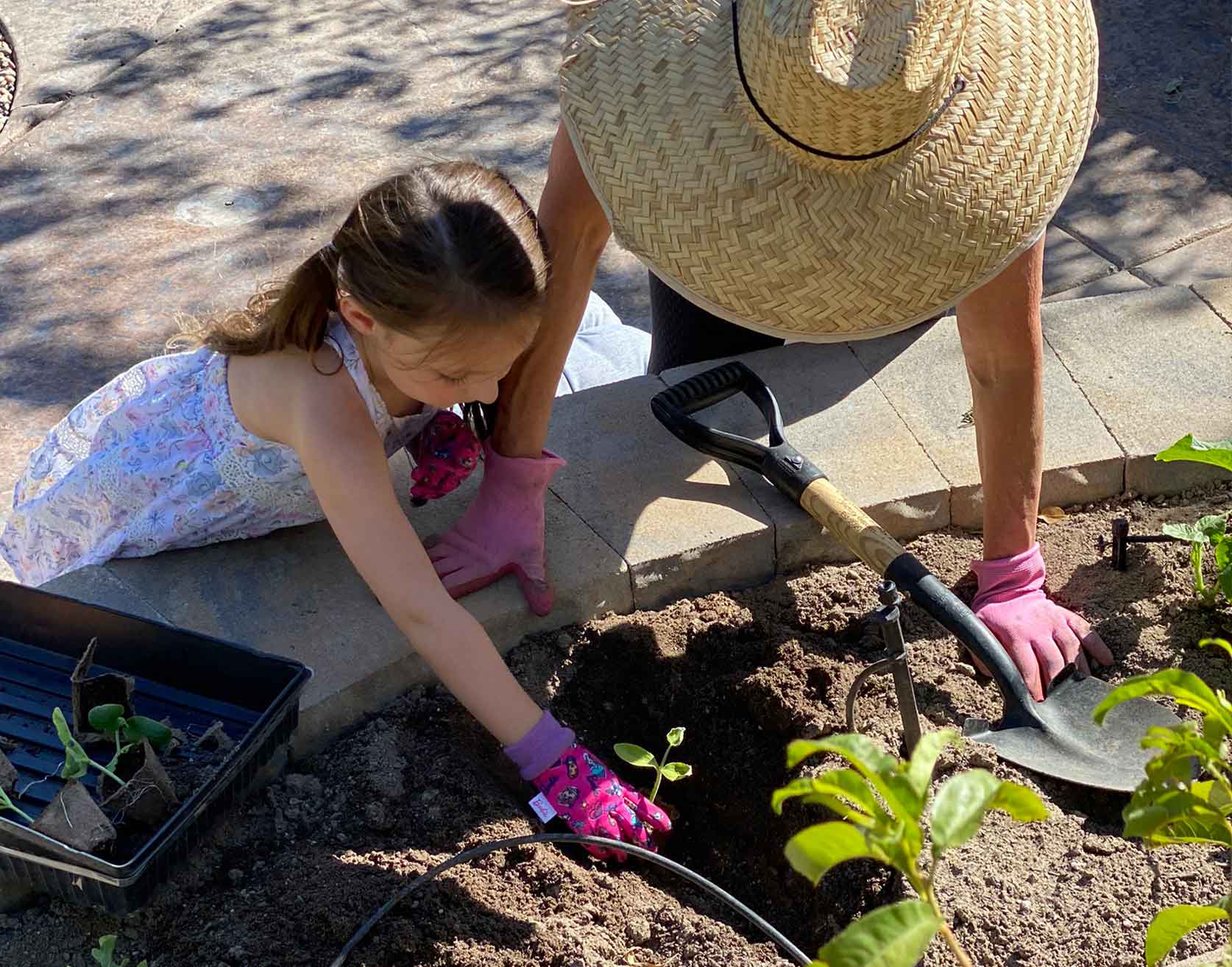
I am grateful for this abundant gift of nutrition.
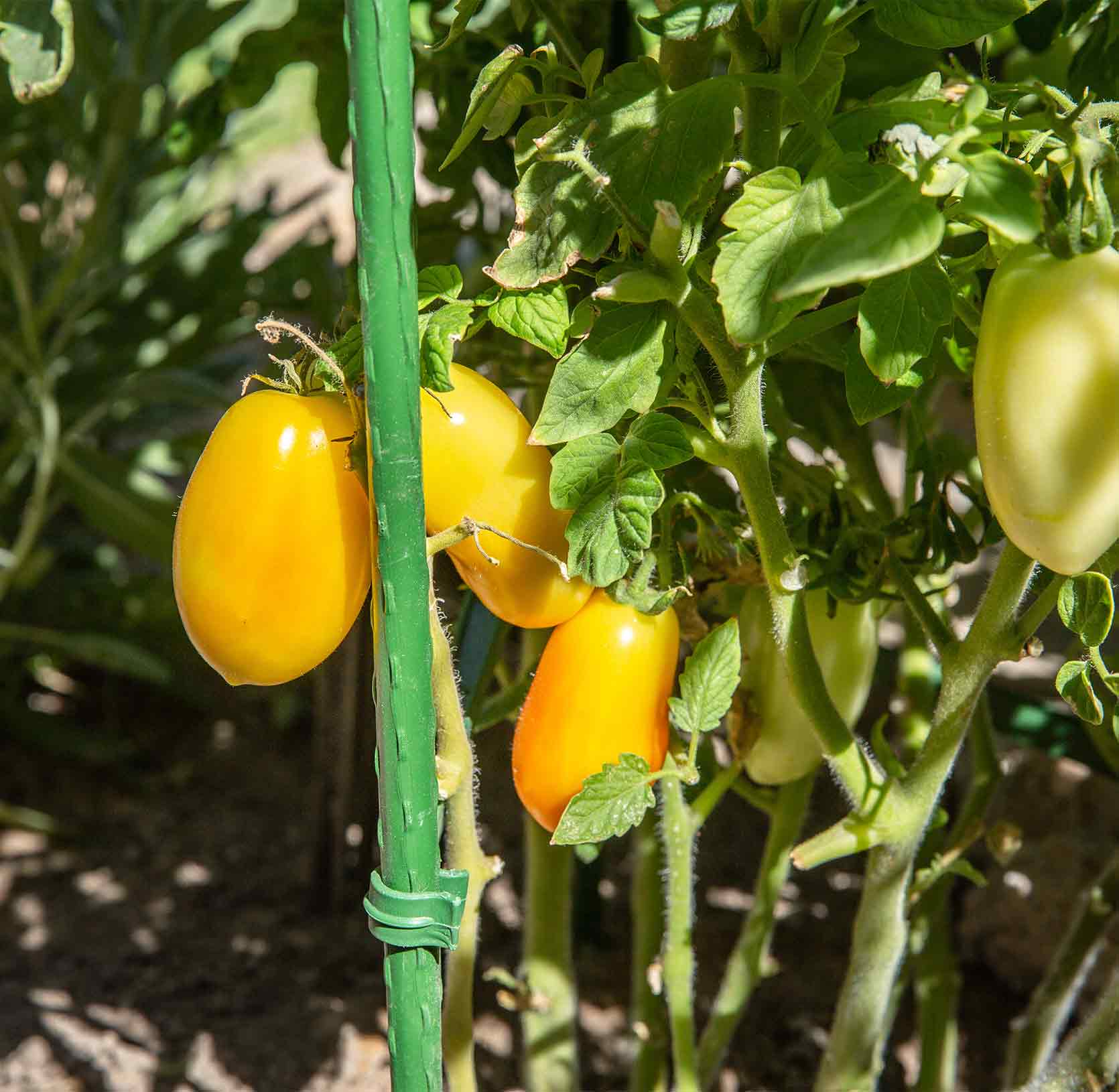
Tip 3: No more aphids!
Aphids look like little white specks on the stalks and leaves of your plants, but they are actually bugs that will eat and kill the plant. To rid yourself of these little buggers, create a solution: mix a half teaspoon of Ivory dish soap with 16 ounces of water (Ivory is a non toxic, low suds soap so it’s the only one that will do). Spray your plants with the solution, then with a gloved hand, wipe the aphids off of the stalks and leaves. You can even douse the soil with the solution, in case there are any aphids hiding there. Then spray everything down with water, and spray with the solution one more time when the sun is going down. In the morning, rinse again with water and you will be aphid free!
Tip 4: It’s ok to fail!
I have failed at basil, cucumbers, zucchini, honeydew… this year, I had to pull my pumpkins out by the roots. But each time I fail I learn exactly what to do differently for next year. Growing (like cooking) is a metaphor for life – you try, sometimes it doesn’t work out, but you learn and you press on.
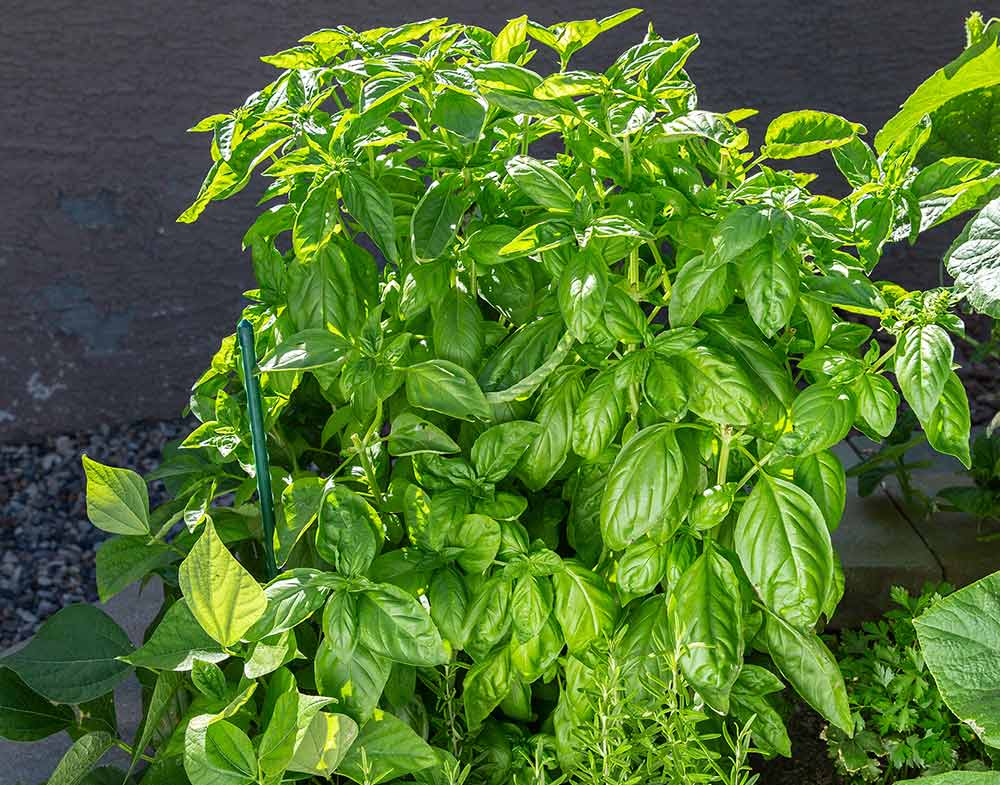
From your Garden to your Kitchen …
My signature eggplant parmesan recipe is even better now that I’ve learned to grow my own eggplants! In this recipe I share my secret tip to make sure your eggplant Is creamy, delicious and never bitter.
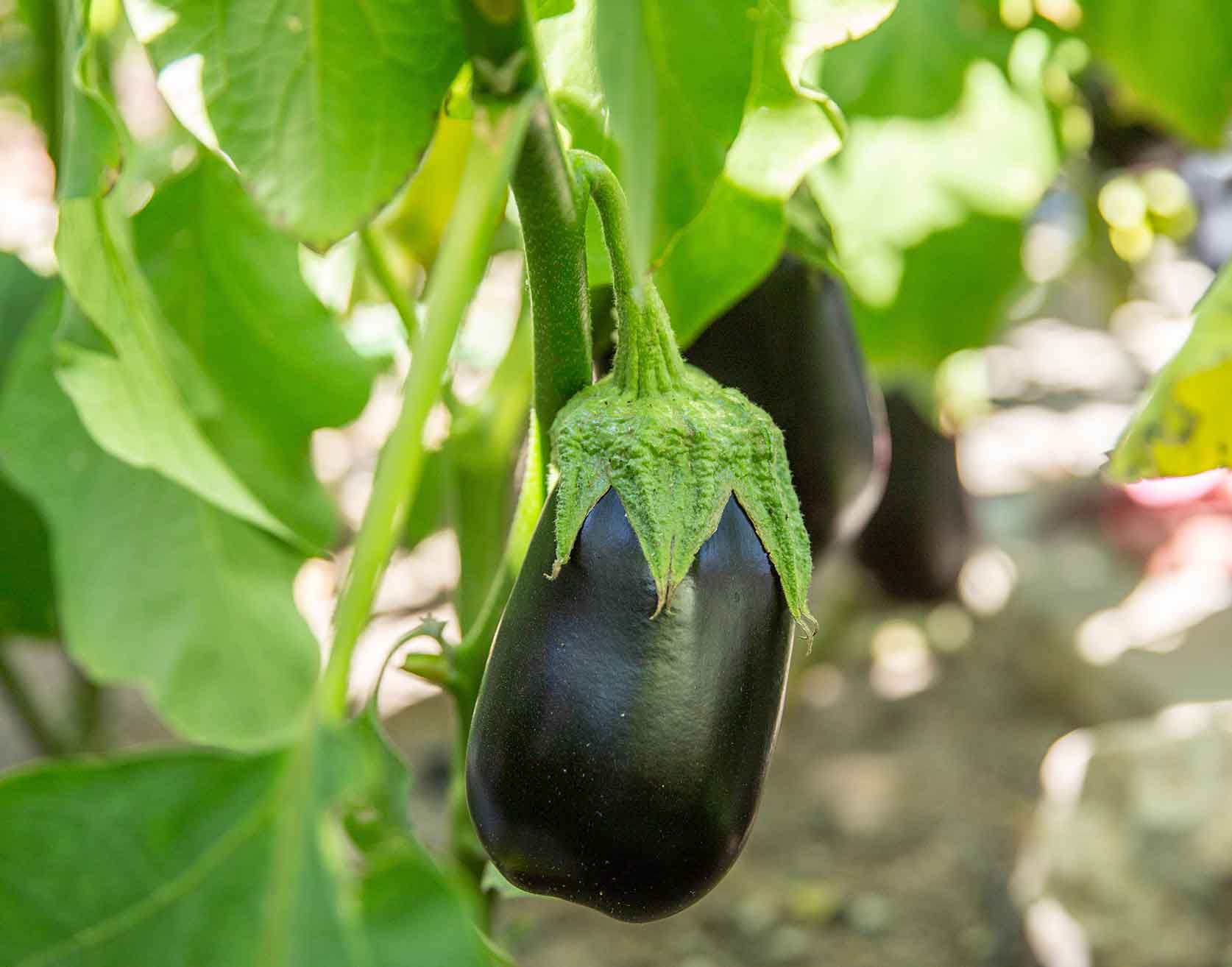

Follow Me
